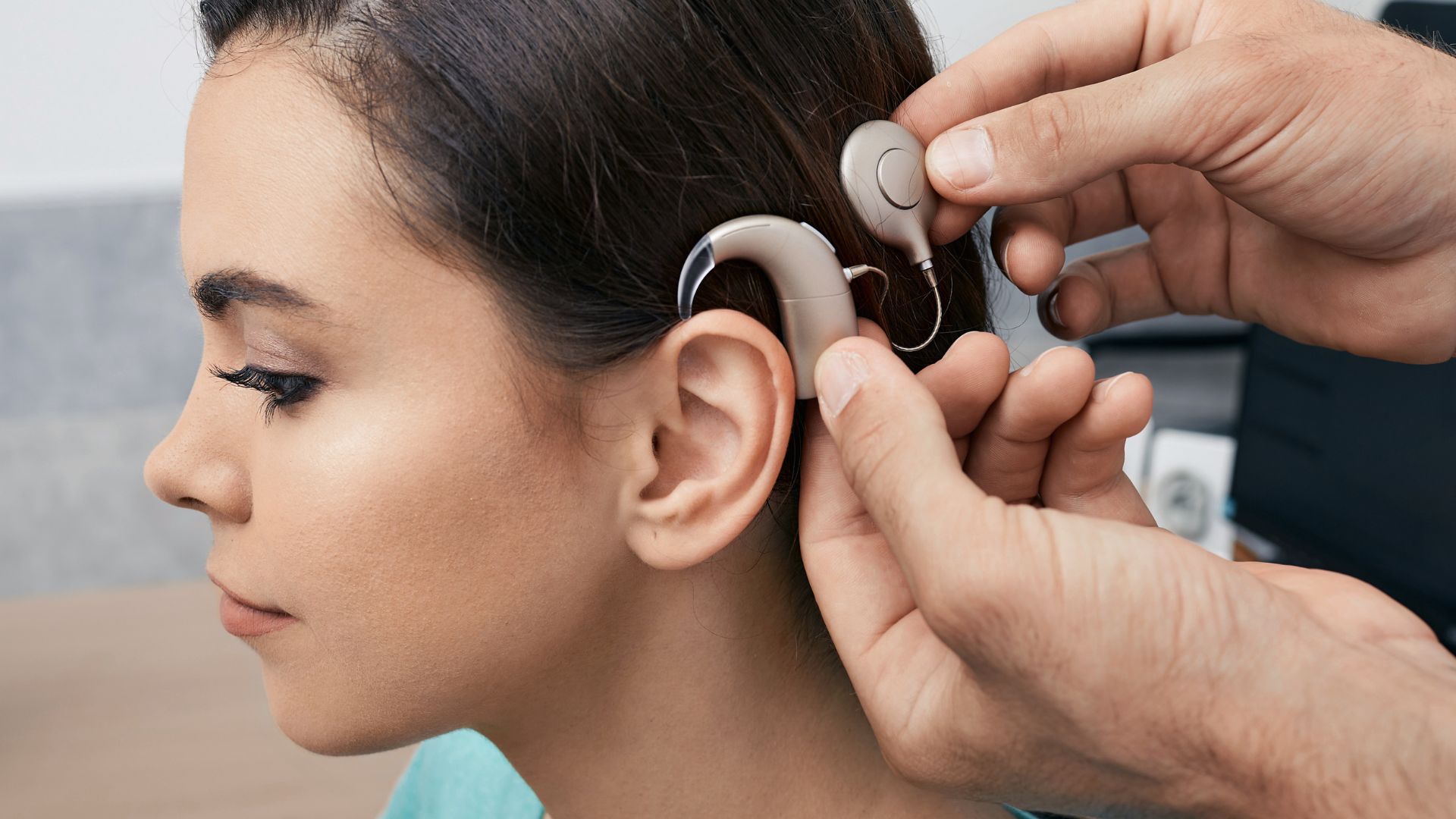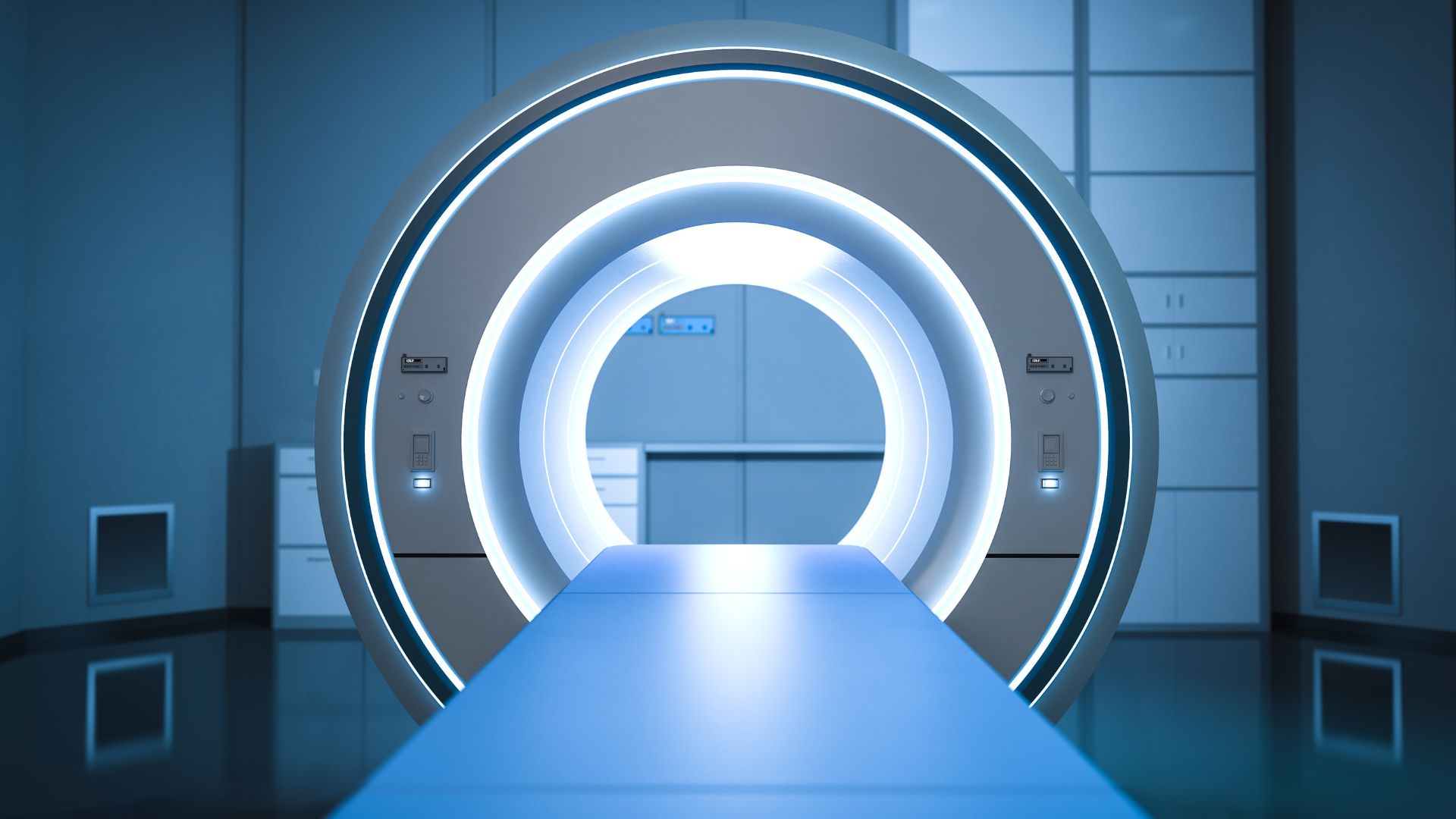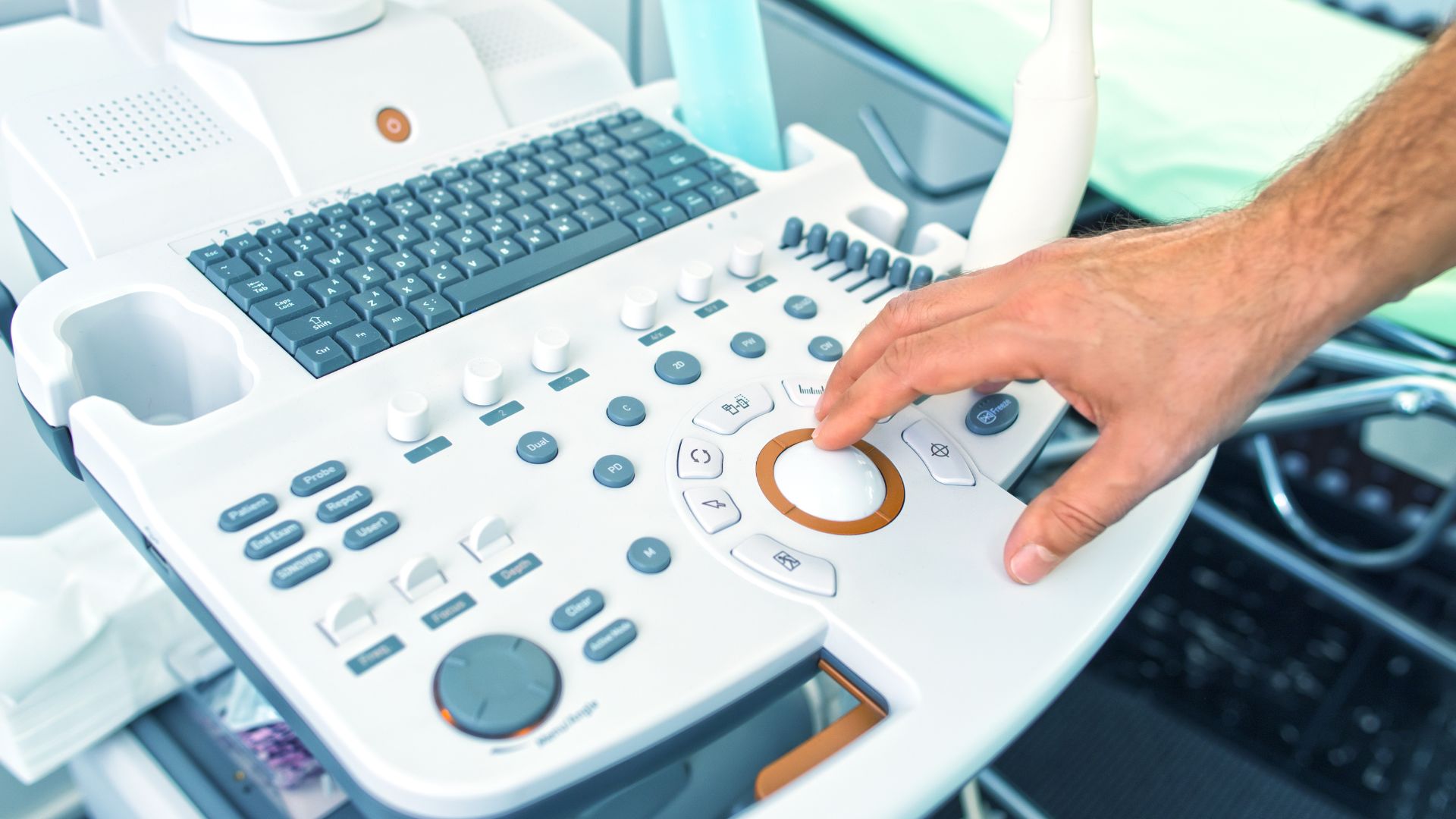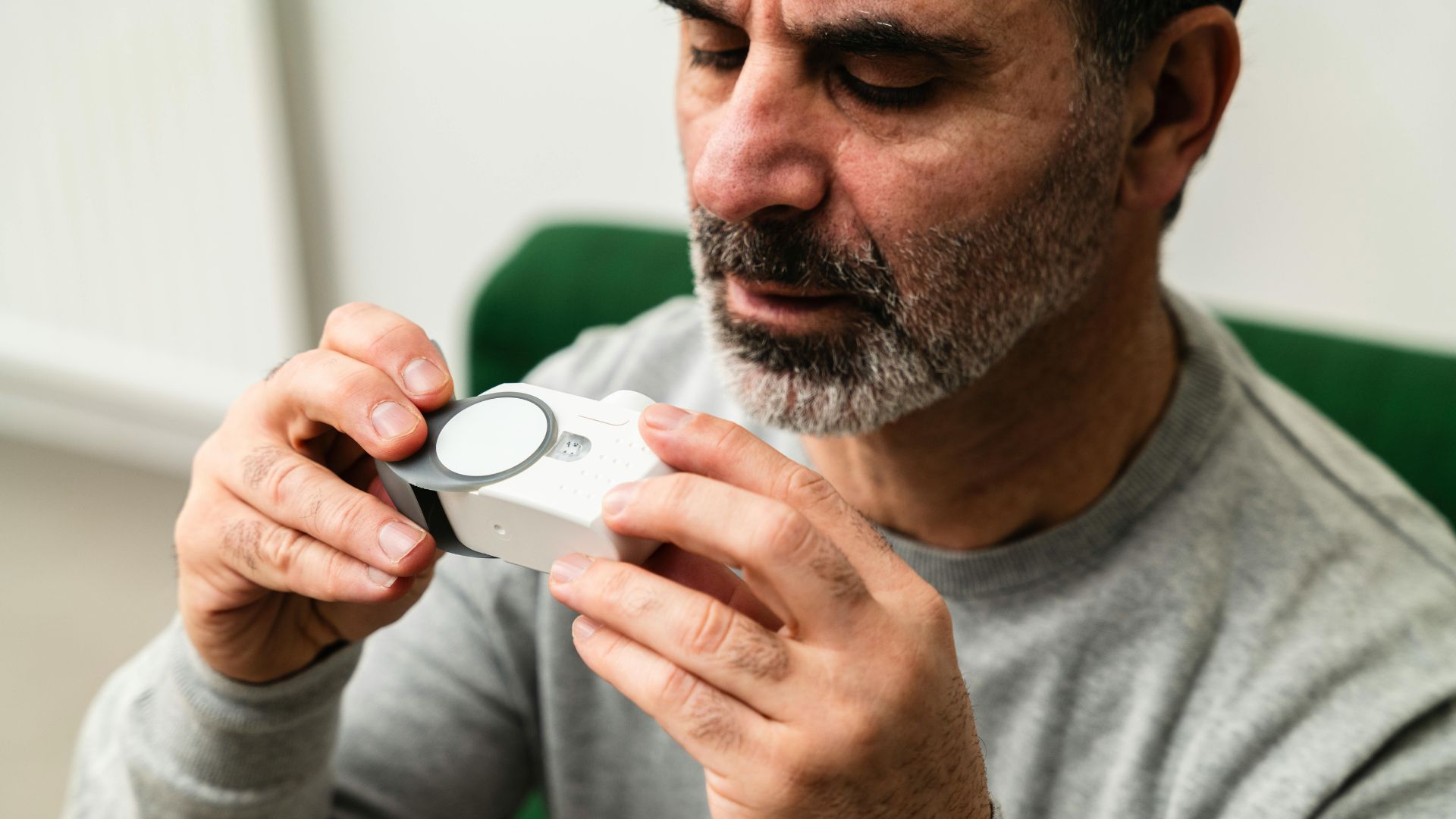Class III medical devices occupy the most critical tier of the FDA’s risk-based classification system. Reserved for technologies that sustain or support life, are implanted in the human body, or pose a significant potential for harm if they malfunction, these devices are held to the highest regulatory standards in the U.S. medical device market.
From implantable pacemakers to deep brain stimulators, Class III devices are instrumental in modern healthcare. However, their life-critical nature also makes them subject to the FDA’s most rigorous premarket review process: Premarket Approval (PMA). In this guide, we break down how Class III devices are defined, classified, approved, and regulated—and how manufacturers can strategically prepare for success.
What Is a Class III Medical Device?
The FDA classifies medical devices into three categories based on the risk they pose to patients and the level of regulatory control needed to ensure safety and effectiveness:
- Class I: Low risk
- Class II: Moderate risk
- Class III: High risk
Class III devices represent those that are life-supporting, life-sustaining, or implanted, or those that present a potentially unreasonable risk of illness or injury. As such, general and special controls (which are sufficient for Class I and II devices) are not adequate for ensuring their safety and efficacy. Instead, these devices must undergo the FDA’s most stringent regulatory pathway: Premarket Approval.
Examples of Class III medical devices include:
- Implantable pacemakers
- Cochlear implants
- Deep brain stimulators
- Breast implants
- Defibrillators
- Renal and vascular stents
- High-risk Software as a Medical Device (SaMD) with diagnostic or therapeutic functionality
How Are Devices Classified as Class III?
The classification of a medical device depends not only on its inherent risk but also on its intended use and indications for use. Two devices with similar technical functions can fall into different classes depending on these factors.
For example, a surgical scalpel intended for general soft tissue incisions is typically Class I. However, a scalpel indicated for corneal incisions in ophthalmic surgery may be classified as Class III due to the heightened risk and critical nature of the procedure.
To determine a device’s classification, manufacturers can:
- Search 21 CFR Parts 862 to 892, which contain classification regulations for over 1,700 device types categorized by medical specialty.
- Use the FDA Product Classification Database, which allows keyword searches to identify product codes and classifications.
- Submit a 513(g) Request for Classification to the FDA for formal determination when classification is uncertain.
Devices without a legally marketed predicate device (i.e., no substantial equivalence) and that do not qualify for De Novo classification are typically regulated as Class III.
The Premarket Approval (PMA) Process
Premarket Approval is the FDA’s most comprehensive pathway for device clearance. Unlike the 510(k) process, which requires demonstrating substantial equivalence to an existing device, the PMA process requires manufacturers to independently demonstrate safety and effectiveness through robust scientific evidence.
The PMA process is governed by 21 CFR Part 814 and includes:
- Extensive clinical and non-clinical studies
- Biocompatibility and bench testing
- Sterility validation (if applicable)
- Labeling and instructions for use
- Detailed manufacturing information
- Design control documentation, including risk management
A PMA submission is not simply a checklist of required documents—it is a scientific dossier that must withstand intense scrutiny. The FDA often convenes advisory panels for additional expert input during the review of high-impact Class III submissions.
The entire process may take 6 to 18 months or longer, depending on the quality of the submission and the complexity of the device. In some cases, multiple rounds of deficiency letters and data requests are issued before a final decision is made.
Can Any Class III Devices Avoid PMA?
In rare cases, certain Class III devices may qualify for alternative pathways:
Humanitarian Device Exemption (HDE)
For devices intended to treat or diagnose conditions affecting fewer than 8,000 individuals per year in the U.S. The HDE pathway waives the requirement to demonstrate effectiveness but still requires reasonable assurance of safety.
Product Development Protocol (PDP)
An alternative to PMA that allows the FDA and manufacturer to agree on premarket development, testing, and review protocols ahead of time. This is used most often for well-understood device types.
While these routes offer flexibility, they come with limitations and are only applicable in narrowly defined circumstances. Most Class III devices will still require full PMA.
Postmarket Requirements for Class III Devices
Approval is only the beginning. Class III devices are subject to stringent postmarket controls designed to monitor long-term performance and patient safety.
Medical Device Reporting (MDR)
- 21 CFR Part 803 requires manufacturers, importers, and user facilities to report serious adverse events and device malfunctions.
Device Tracking
- 21 CFR Part 821 gives FDA authority to require tracking for certain high-risk or implantable devices to facilitate field corrections or recalls.
Post-Approval Studies (PAS)
- As a condition of approval, the FDA may require long-term studies to assess continued safety and effectiveness in real-world settings.
Recalls and Corrections
- Class III device manufacturers must maintain procedures for identifying and mitigating product issues post-launch, including field safety notices and recalls when necessary.
Failure to meet postmarket obligations can result in enforcement actions, including warning letters, seizures, and civil monetary penalties.
Global Classification Is Not Always Equivalent
Manufacturers planning global commercialization should avoid assuming their device will carry the same risk classification internationally.
- EU MDR uses its own classification rules under Annex VIII.
- Health Canada, TGA (Australia), and others may use different risk definitions or device categorization.
While many implantable or life-sustaining devices are high risk across jurisdictions, some device/software combinations may shift classes depending on regional policies.
A strong global regulatory strategy includes upfront classification research in each target market.
Registrar Corp’s Services for Class III Medical Devices
Bringing a Class III device to market requires more than regulatory knowledge—it demands precision, strategy, and ongoing compliance support. Registrar Corp offers a full suite of services tailored to the complex needs of Class III manufacturers, including:
- PMA Strategy and Submission Support
- Clinical Data Planning and Guidance
- Design Control Documentation and QMS Alignment (21 CFR 820)
- Postmarket Surveillance System Setup
- Global Regulatory Intelligence and Market Access Mapping
Whether you’re preparing a new application or managing post-approval studies, Registrar Corp ensures you maintain FDA compliance while streamlining your path to market.
Final Thoughts
Class III medical devices save lives, but they also carry the highest level of regulatory responsibility. From premarket approval through postmarket reporting, manufacturers must build systems and strategies that can withstand intense scrutiny.
With the right preparation and expert guidance, it is possible to bring innovative, life-changing devices to market while staying compliant at every step. Registrar Corp is here to help you do just that—with clarity, confidence, and speed.








